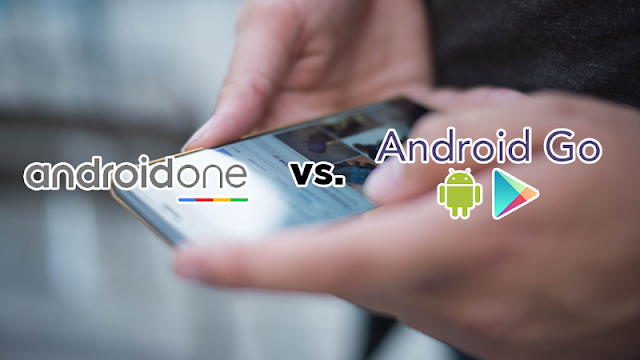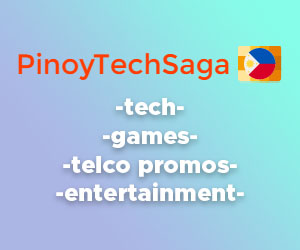
Android is very popular among the mobile operating systems. Android OS accounts for over 84% of the total smart phones. You say a thing, and Android will do it. Be it customizing your device, optimizing an app, changing its fonts and looks or interface, installing different ROMs and kernels to try different functionalities or anything else, Android will do it without blinking an eye. Since it is based on the Linux, it has endless possibilities. When comparing Android to iOS or Windows, Android isn’t comparable! Talk about anything related to iOS, Android is far ahead of it.
Widgets, customization, price, budget, multitasking, ROMs and Kernels, Android is far ahead and better in almost every aspect. Coming to Windows, there is ROM available for Android OS which is almost similar to Windows OS. Plus, you can dual-boot (install and use 2 or more than 2 OS simultaneously) in Android. So, why to go for iOS or windows, when you can use them both at the same time on your Android device?
Now, over the years, Android Operating System has evolved greatly. Coming from the days of Android 1.5 (Cupcake) to Android 7.0 (Nougat), Android has developed vastly and has added various features in its archery which makes it one of the most loved Operating System of the era. Many Smartphone OEMs especially Samsung saw the light, thanks to Android. But what was coming next? An expansion, of course! Android soon expanded in the domains of Tablet, TVs, Chrome books and even cars. From being a simple OS to being Google’s Everything, Android came a long way.
But in all this, Google also launched its Android One Program in its I/O of 2014 and Android Go in its I/O of 2017. Over the years, developers became occupied with Android Marshmallow, Nougat and now Android O which diverted the attention from Android One and Android Go. Now, discussions are doing the round that Go is going to replace One, which is NOT correct. So, we decided to cover everything about Android One and Android Go, the differences and similarities between them and how Google is going to operate between Android, Android One, and Android Go. Now, let us begin with Android One Program.
Android One
The keynote of Google I/O 2014 developers conference began with the topic of how great Android is doing. CEO Sundar Pichai introduced the all new Android One which deserves an ovation for the innovative thinking. Android One was based on the idea of giving smart phone access to the emerging markets across the globe at very low costs.
Android One program was quite different from the normal Android in which Google only handles the software department of the smart phone. In this program, Google first gave a reference of hardware required to the OEMs which develop high-quality affordable components for smart phones which pave the way for building a smart phone at a very affordable price points. Next, on the Software front, instead of depending on OEMs for software updates, Google has directly provided updates like it does with Nexus or Pixel and Google Play Edition devices. As understood, the software was Stock Android with full Google Apps support.
The manufacturing of first Android One devices was started in India with Micromax, Karbonn, and Spice all joining hands with Google to develop a device at less than $100. Android One was one great way to overcome the ‘updates’ related issue as low-cost Android smart phones run Android 4.0 (Ice-cream Sandwich) or sometimes even Android 2.3 (Gingerbread). As the things have shaped till now, we see Android One as the program used by Google to raise the quality of smart phones at the bottom scale of Android smart phone industry.
Micromax Canvas A1 was the first smart phone based on Android One and it ran on Android 4.4.4 KitKat, build KPW53, and a Google-built Linux 3.4.67 kernel dated Aug 20. Next, Android One made its way to new emerging markets like Philippines, Turkey, Myanmar and also finally in the US. Soon, developers started contributing and we saw CyanogenMod Custom ROMs for Android.
The bottom line is Android One wasn’t built for those who are used to premium smart phones, it was for providing entry level smart phones to the ones stuck on feature phones. And, we must say, Android One was quite successful in this regard. But the Indian companies, with which Google partnered, didn’t market Android One devices as they should have. These lead consumers to forget about them and move on. Then came, Xiaomi, and Lenovo and they became the king of mid-range smart phones by making phones which had premium features at a mid-range price, thus leaving Android One to fail. By the end of 2016, it was quite clear that Google Partners were abandoning the Android One strategy.
Android Go
Android Go was unveiled at the Google I/O conference of 2017. Android Go was unveiled by Sameer Samat, the VP of Product Management, Android and Google Play. The idea of Android Go is somewhat similar to Android One. With Android Go, Google plans to provide a complete Android experience to users with low-end smart phones. According to Sameer Samat, “Android Go is not a new version of Android; It’s just a project name inside Google”. Android Go will be launched alongside Android O and will be available for the devices with 1 GB or less RAM.
See also, List of Smartphones and Devices To Get Android Oreo Update
See also, List of Smartphones and Devices To Get Android Oreo Update
We all know Android is a memory hungry operating system. But with the advancements in battery optimization and app cache, Android O will most probably run smoothly on all the smart phones. Remember Project Svelte, which debuted with Jellybean. It was a Customized Jellybean for low-end smart phones. Similarly, Android Go is a customized version of Android O. The difference is just that Android Go will support every Android OS which comes after Android O.
For Android Go, Google is customizing all of its major apps like YouTube, Gboard, Chrome so that they use as little data as possible. In Android Go, chrome will use its data saver feature by default and YouTube will be used as YouTube Go, to save data. Gboard will support multiple languages and translations.
In Android Go, Play Store will show light-weighted apps first like Facebook Lite, YouTube Go which is less than 10 MB in size. These apps will mostly remain in the compressed state and there won’t be any prompts for regular updates.
With these features, Google can make any phone work with limited memory and without the need to partner with various OEMs for running a stock version of Android without much customization.
But the next question which comes to our mind is, why will Android Go succeed where Android One failed? So here is the answer.
Android Go vs Android One
In 2014, Google launched Android One Program with almost a similar mission as of Android Go, but then why did Android One failed and Android Go will succeed?
When Google launched Android One in 2014, it focused on providing a standardized hardware design and stock software to OEMs. Thus, OEMs had no freedom and they couldn’t compete with other smart phones in the market. But in 2017, Google has realized that standardized hardware design won’t create much competition between OEMs thus it won’t be adopted by manufacturers. This resulted in Android Go, where Google has left the hardware part for OEMs and is fully focusing on software which can run smoothly even on a low-end smart phone.
This is the reason why Android Go will succeed as OEMs and users both have the freedom to choose what type of smart phone they want. With apps like YouTube Go, Gboard, Chrome and Play Store made to save data and power, Android Go will be a hit. Android Go will bring a new experience for low-end users, as it will combine smooth software with low-cost hardware.
Sources: wccftech, droidviews, androidauthority












COMMENTS